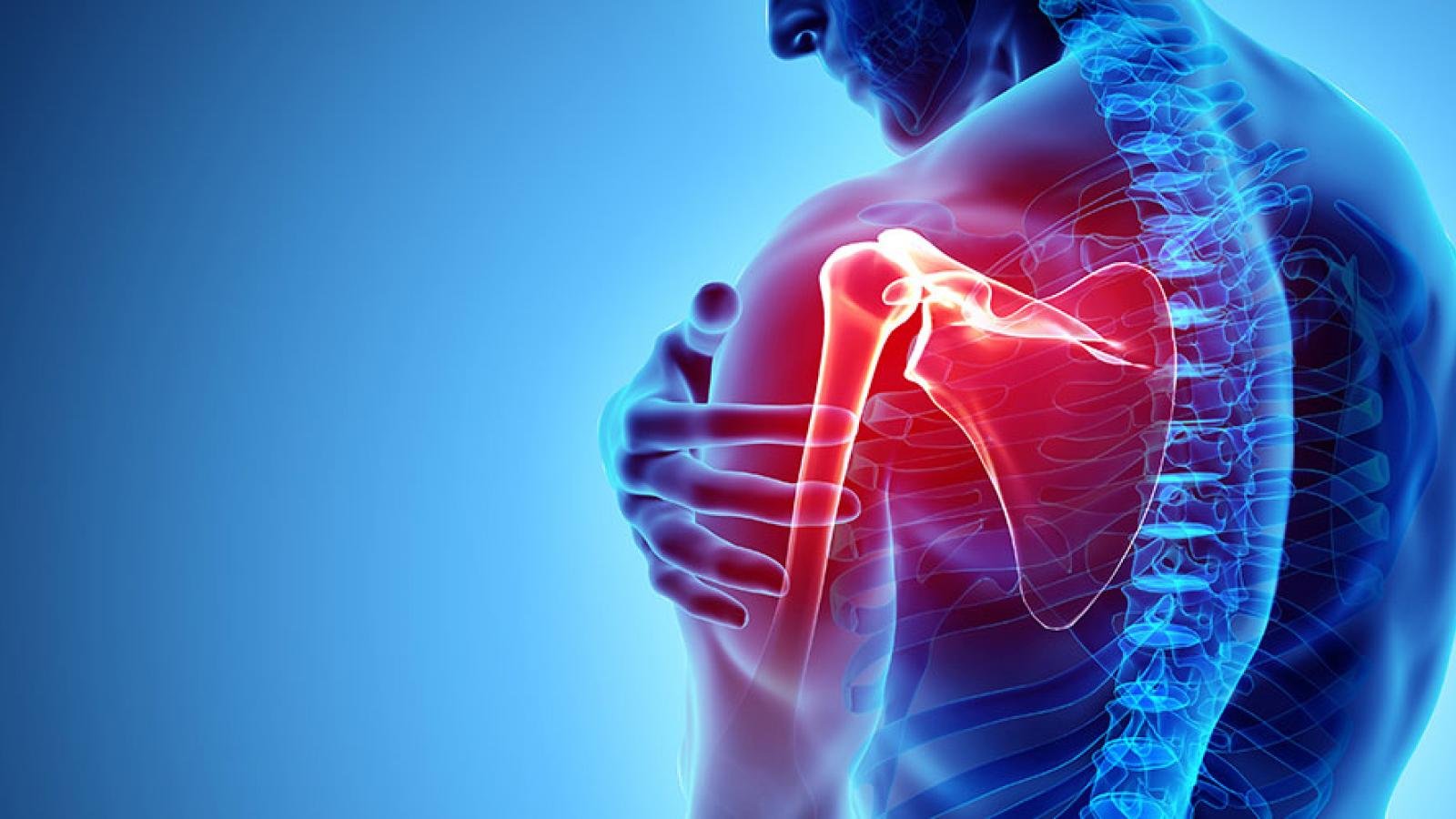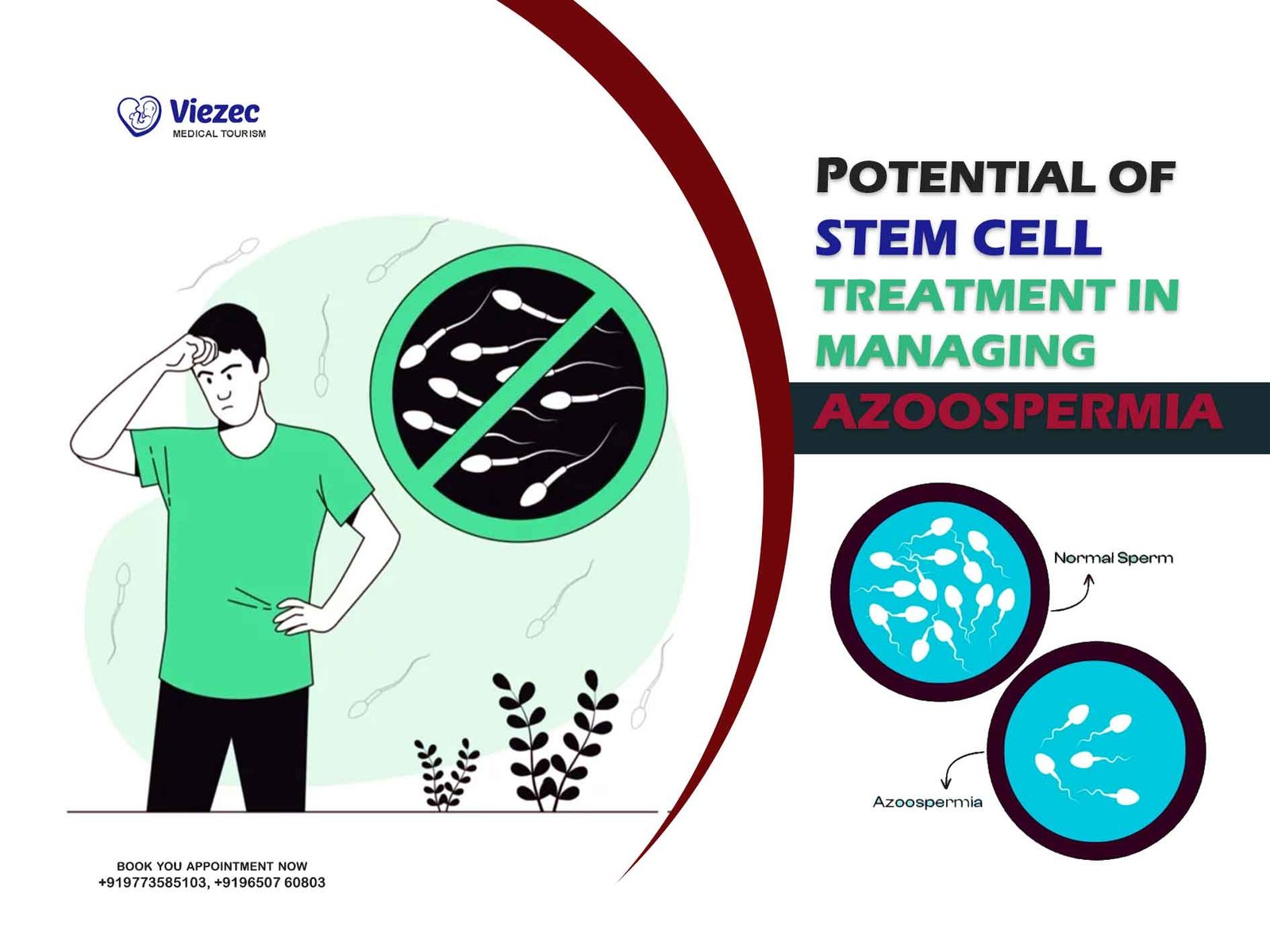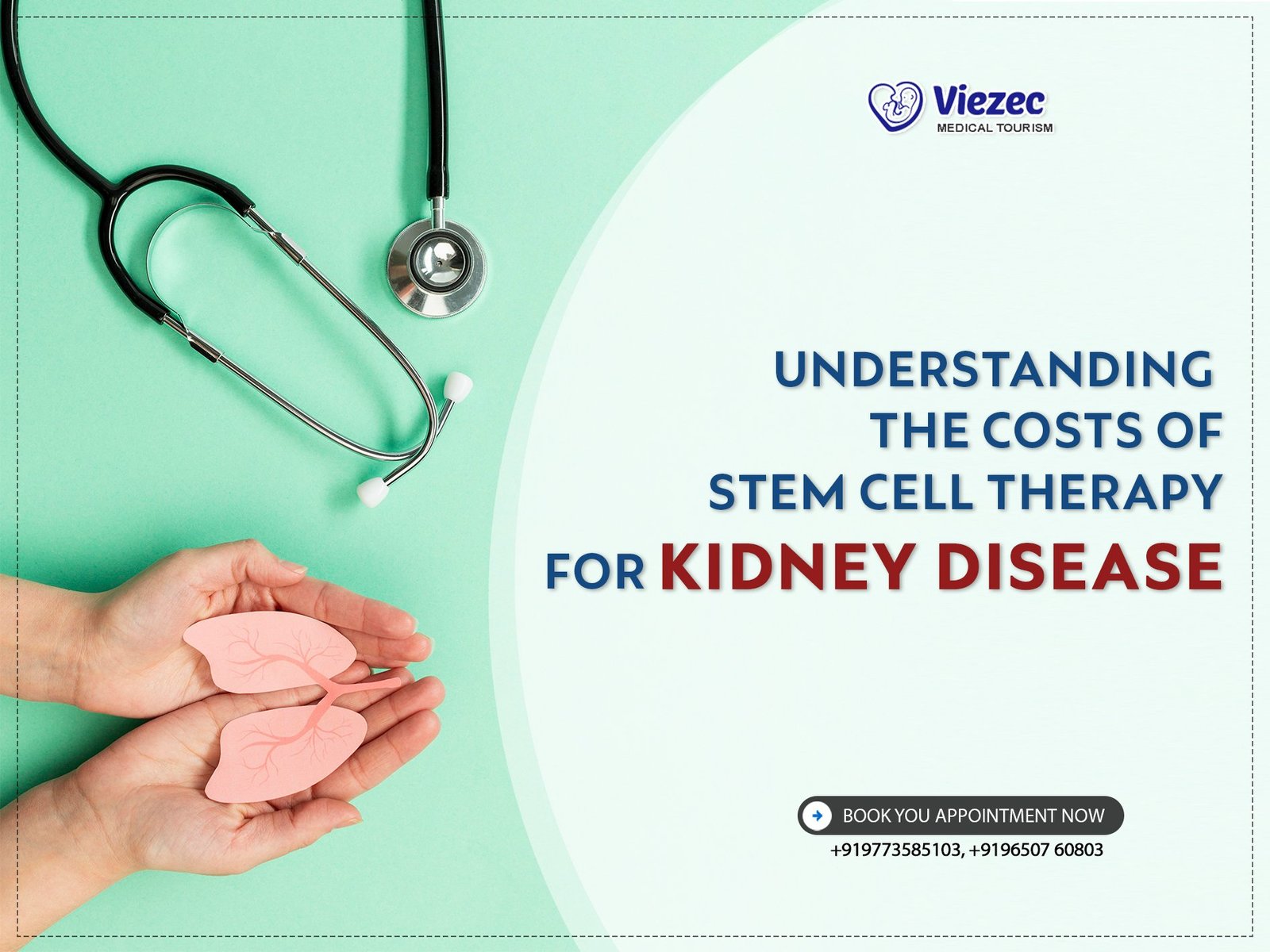Shoulder pain can be an exhausting problem—one that makes even simple tasks like brushing your hair, reaching for a shelf, or tossing a ball feel like a major challenge. If you’re one of the millions struggling with chronic shoulder pain, you’ve likely explored all kinds of treatments—rest, physical therapy, medications, even surgery. But what if there was another way? A solution that taps into your body’s own natural healing power?
That’s the promise of stem cell therapy—a regenerative approach that aims to repair and restore damaged tissues in the shoulder. But let’s be honest: the real question everyone wants answered is, “How successful is it?” In this article, we’ll dive into that question and explore everything you need to know—from how the therapy works to success stories, clinical research, and more.
What Causes Shoulder Pain in the First Place?
Common Shoulder Conditions: Rotator Cuff Injuries, Tendinitis, and Arthritis
The shoulder is one of the most mobile and complex joints in the body, which also makes it more prone to injuries. Chronic shoulder pain is commonly caused by conditions such as:
-
Rotator cuff tears: These involve damage to the group of muscles and tendons that stabilize the shoulder joint.
-
Osteoarthritis: The protective cartilage that cushions the bones wears down over time.
-
Tendinitis: Inflammation of the tendons, often due to repetitive motion or strain.
-
Bursitis: Inflammation of the small fluid-filled sacs (bursae) that cushion the joint.
-
Labrum tears: Injuries to the cartilage rim that deepens the shoulder socket.
All of these conditions can lead to pain, stiffness, reduced mobility, and a general decline in quality of life.
Limitations of Traditional Treatment Options
Traditional treatments for shoulder pain typically include rest, ice, anti-inflammatory medications, corticosteroid injections, and physical therapy. While these methods may provide temporary relief, they often fail to address the root cause of the problem.
Surgical options like arthroscopy or shoulder replacement are often reserved for severe cases, but they come with higher risks, longer recovery times, and no guarantee of success. That’s why many patients are now exploring stem cell therapy—a treatment that doesn’t just manage symptoms but aims to repair the underlying damage.
Understanding Stem Cell Therapy
What Are Stem Cells and What Makes Them Unique?
Stem cells are essentially the body’s “master cells.” They have the remarkable ability to develop into different types of cells—muscle, cartilage, bone, or tendon. In simple terms, they are like the construction workers of the body, capable of rebuilding and repairing tissues that are damaged due to injury or degeneration.
In the context of shoulder pain, stem cells can potentially:
Regenerate torn tendon fibers
Reduce joint inflammation
Promote new cartilage growth
Improve overall joint function
Sources of Stem Cells Used in Therapy
Stem cell therapy for shoulder pain primarily relies on two types of sources: autologous and allogeneic. Autologous stem cells are harvested from the patient’s own body, making them the most commonly used and safest option. These cells are typically extracted from bone marrow, which is rich in mesenchymal stem cells known for their regenerative properties, or from adipose (fat) tissue, which offers a higher yield and is easier to harvest with minimal discomfort. Once collected, the cells are processed and concentrated before being injected into the damaged shoulder area.
On the other hand, allogeneic stem cells are derived from donated umbilical cord tissue or placental tissue. These are carefully screened and processed in certified labs to ensure safety and viability. While they show promise and are increasingly used in clinical trials, their application for shoulder pain in regular clinical practice is still limited due to regulatory considerations and potential immune response risks. As a result, most clinics prefer using autologous cells, as they are biocompatible and reduce the chance of rejection or complications.
Why Stem Cell Therapy Is Gaining Popularity for Shoulder Pain
There’s a growing interest in regenerative medicine, and for good reason. Stem cell therapy offers several benefits that traditional treatments do not:
Non-invasive: It doesn’t require surgery, stitches, or a hospital stay.
Low downtime: Most patients resume daily activities within a week.
Reduced reliance on medications: Especially long-term use of painkillers or steroids.
Addresses the cause: It helps repair tissue instead of just dulling the pain.
Long-lasting relief: Many patients report significant improvement lasting a year or more.
It’s no wonder that athletes, aging adults, and even medical professionals are increasingly turning to this therapy.
Exploring the Success Rate of Stem Cell Therapy for Shoulder Pain
What the Research and Clinical Trials Say
Scientific studies and real-world evidence are showing promising outcomes. According to a 2021 review in the American Journal of Sports Medicine, patients with partial rotator cuff tears treated with stem cell therapy showed:
-
Up to 85% improvement in shoulder function
-
A significant reduction in pain within 3 to 6 months
-
Sustained benefits lasting over 1 year
Another clinical study published in Stem Cells International found that mesenchymal stem cell injections helped regenerate cartilage in patients with early-stage shoulder osteoarthritis, with over 70% reporting enhanced mobility.
Comparing Stem Cell Therapy with Surgical Treatments
Let’s take a quick look at how stem cell therapy stacks up against surgery:
| Feature | Surgery | Stem Cell Therapy |
|---|---|---|
| Invasiveness | Highly invasive | Minimally invasive |
| Hospital Stay | Required (1–2 days or more) | Not required |
| Recovery Time | 4–6 months | 2–6 weeks |
| Cost | Often higher | Moderate |
| Risk Level | Medium to high | Low |
| Long-Term Relief | Possible but not guaranteed | High in mild to moderate cases |
Pre-Treatment: Imaging and Evaluation
The stem cell therapy process begins with an in-depth medical consultation. During this visit, your doctor will review your medical history, assess your symptoms, and perform a physical exam focused on shoulder mobility and pain points. To accurately locate the damage, advanced imaging such as MRI or diagnostic ultrasound is typically ordered. These scans help identify the extent of tissue damage—whether it’s a partial rotator cuff tear, inflammation, or early signs of arthritis. This crucial step ensures that the treatment plan is precisely customized to your condition.
Harvesting and Preparing the Stem Cells
Once you’re cleared for the procedure, stem cells are collected—most often from your own body (called autologous therapy). If bone marrow-derived stem cells are chosen, a small sample is taken from your hip bone. Alternatively, stem cells can be extracted from fat tissue, usually from the abdomen or thighs, through a minimally invasive liposuction technique. The collected cells are then processed in a certified lab, where they’re purified and concentrated to maximize their regenerative potential.
The Injection Process
Finally, the concentrated stem cells are re-injected into the injured part of your shoulder using ultrasound or fluoroscopic guidance for pinpoint accuracy. This ensures the cells reach the exact area of damage—whether it’s the tendon, cartilage, or joint space. The procedure is typically done in an outpatient setting, takes about 1 to 3 hours, and requires little to no downtime. Most patients walk out the same day with just mild soreness at the injection site.
What to Expect After the Treatment
Recovery Timeline and Rehabilitation
Most patients experience:
-
Mild soreness at the injection site for 1–3 days
-
Gradual pain reduction over the first 2–4 weeks
-
Noticeable mobility improvements by the second month
Physical therapy may be recommended to help optimize results and restore full function.
Functional Improvements and Pain Relief
Here’s what many people report:
-
Increased range of motion (no more frozen shoulder!)
-
Better sleep due to reduced nighttime pain
-
Ability to resume activities like lifting, reaching, or sports
Risks and Side Effects of the Procedure
Although rare, stem cell therapy may involve:
-
Temporary swelling or bruising
-
Infection (less than 1% risk if performed correctly)
-
No or minimal improvement in severe cases
Compared to surgery, the side effect profile is very mild—making it a safe choice for many.
Who Should Consider Stem Cell Therapy for Shoulder Pain?
Stem cell therapy can be a promising option for individuals dealing with mild to moderate shoulder conditions. Good candidates typically include those with partial rotator cuff tears, early to moderate osteoarthritis, or chronic inflammation in the shoulder tendons. If you’re an active adult looking to avoid surgery and seeking a less invasive route to recovery, this therapy could offer significant benefits. It’s also suitable for patients who’ve tried other treatments like physical therapy or steroid injections but haven’t found lasting relief.
However, it’s important to note that stem cell therapy isn’t a one-size-fits-all solution. People with full-thickness tendon tears or advanced arthritis where the cartilage is completely worn out may not see much benefit. Similarly, individuals with certain autoimmune disorders, blood diseases, or systemic health issues should consult their doctor thoroughly, as their condition might affect the safety or effectiveness of the treatment. A thorough evaluation by a specialist can help determine whether you’re a good candidate.
What Does It Cost, and Is It Covered by Insurance?
In India, the cost of stem cell therapy for shoulder pain typically ranges between ₹1.5 to ₹3.5 lakhs. The exact price depends on factors such as the type of stem cells used (bone marrow vs. adipose-derived), the reputation and location of the clinic, and whether additional services like physiotherapy or imaging are included in the package. India is often considered a cost-effective option for medical tourism, offering advanced treatments at a fraction of Western prices without compromising quality.
In the United States, patients can expect to pay around $4,000 to $8,000 for similar procedures. However, these prices are usually out-of-pocket expenses, as most insurance providers currently categorize stem cell therapy as experimental and therefore exclude it from coverage. Some clinics, however, offer flexible payment plans, financing options, or bundled packages that include post-treatment rehabilitation to make the therapy more accessible.
The Future of Stem Cell Therapy for Musculoskeletal Pain
With clinical trials expanding across the globe, stem cell therapy is no longer just a buzzword. It’s becoming a powerful tool in orthopedic medicine. Researchers are exploring combination therapies using PRP (Platelet-Rich Plasma), gene editing, and even 3D-bioprinted scaffolds to amplify healing. If current trends continue, stem cell therapy could eventually replace many orthopedic surgeries in the next decade.
So, how successful is stem cell therapy for treating shoulder pain?
The answer is: very successful—for the right patient. If you’re dealing with a partial tear, early arthritis, or chronic tendinitis, stem cell therapy might be your ticket to a pain-free, active lifestyle—without the cost, risk, and recovery time of surgery. It’s not a miracle, but it’s close to it for many who’ve exhausted other options.
FAQs
1. What is stem cell therapy for a shoulder labrum tear?
Stem cell therapy helps repair damaged labral tissue by promoting natural healing and reducing inflammation. It’s a non-surgical option aimed at restoring joint stability and function.
2. How effective is stem cell therapy for shoulder arthritis?
Stem cell therapy can ease pain and improve mobility in arthritic shoulders by regenerating damaged cartilage. Results vary, but many patients report improved quality of life.
3. What is the cost of stem cell therapy for rotator cuff injuries?
The cost typically ranges from ₹1,50,000 to ₹4,00,000 in India, depending on the clinic, treatment plan, and type of stem cells used. It’s often not covered by insurance.
4. How successful is stem cell therapy for shoulder conditions?
Success rates range from 60% to 80% in reducing pain and improving movement, especially in partial tears and early-stage arthritis. Outcomes depend on age, severity, and health condition.
5. What is the recovery time after stem cell therapy for the shoulder?
Initial improvement is often seen within 4–8 weeks, with full recovery taking 3–6 months. Physical therapy may be advised to support optimal healing.









